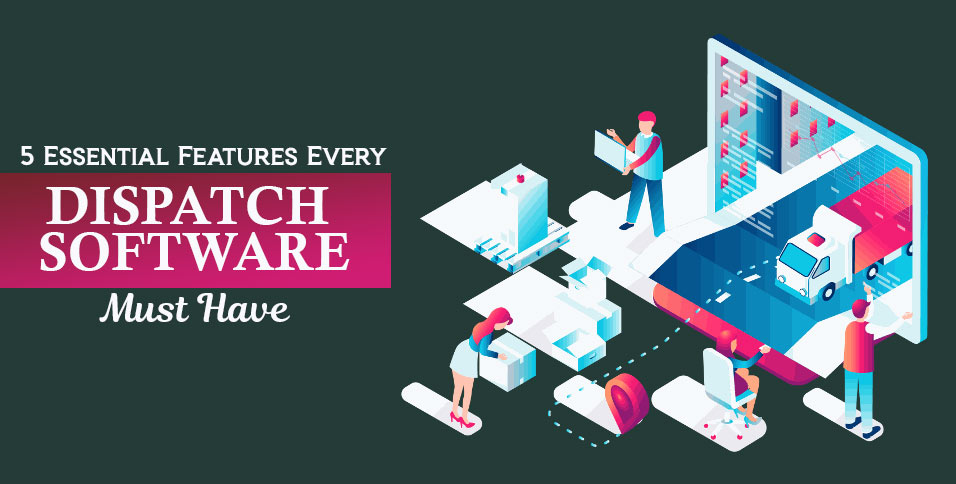In the fast-paced world of logistics and transportation, dispatch software is the backbone of efficient operations and customer satisfaction.
The demand for more sophisticated yet user-friendly dispatch solutions grows as technology advances. With the right features, dispatch software can transform logistical nightmares into streamlined, cost-effective operations that delight customers and keep drivers on the right track.
Let’s dive into the five critical features every dispatch software must have to ensure peak operational efficiency.
1. Real-Time Tracking and Updates
At the core of any efficient dispatch system lies the capability for real-time tracking and updates.
This technology allows dispatchers to monitor fleet movements, providing immediate information on location, status, and potential issues during transit.
For drivers and customers alike, real-time updates offer transparency and communication that builds trust and enhances the service experience.
This feature alone can improve operational efficiency and customer satisfaction by minimizing wait times and optimizing route planning.
2. Automated Scheduling and Dispatching
Gone are the days of manual scheduling, when the risk of human error and time limitations could lead to inefficiencies and delays.
Today, automated scheduling and dispatching, powered by AI and machine learning, are revolutionizing dispatch decisions.
These technologies analyze vast amounts of data to optimize real-time dispatch decisions, considering traffic conditions, driver availability, and delivery windows.
The result?
A significant reduction in human error, a streamlined operation process, and faster service delivery that keeps both drivers and customers happy.
3. Integration Capabilities
Dispatch software’s ability to integrate with other systems and platforms is non-negotiable in the digital age.
From GPS and ERP to CRM systems, these integrations allow for a seamless flow of information across different aspects of the business.
The benefit of such interoperability is two-fold: it ensures data accuracy and operational coherence and enhances workflow efficiency.
By automating data entry and minimizing the need for manual intervention, businesses can save time, reduce errors, and focus on what they do best—delivering exceptional service.
4. Customizable and Scalable Solutions
No two businesses are the same, and neither are their dispatch needs.
That’s why customizable and scalable solutions rank so high on the list of must-have dispatch software features.
Flexibility is critical, whether tailoring the software to fit specific operational requirements or scaling up the system to accommodate business growth.
A customizable and scalable dispatch solution supports a business’s unique needs and ensures that as the company grows, the software grows with it—without compromising efficiency.
5. Comprehensive Reporting and Analytics
Data is the driving force behind any successful operation, and dispatch is no exception.
Comprehensive reporting and analytics capabilities enable businesses to monitor performance, identify trends, and make informed decisions that optimize dispatch operations.
From tracking delivery times and analyzing route efficiency to monitoring driver performance and customer satisfaction, the insights gained from dispatch software can significantly improve resource allocation, operational efficiency, and, ultimately, the bottom line.
The Future of Transportation
Efficient dispatch software surpasses the basic functionality of getting goods and services from one place to another.
It leverages the latest technology to optimize every aspect of the operation, from scheduling and route planning to communication and data analysis.
The features discussed here aren’t just nice to have; they’re essential components of a robust dispatch system that can keep up with modern logistics and transportation demands.
As businesses look to the future, assessing current systems against these critical features—or considering them when selecting new software—will be vital to staying competitive, improving operational efficiency, and ensuring customer satisfaction.
Also Read: Driving Growth: The Impact of Inventory and Manufacturing Software on Expanding Businesses














